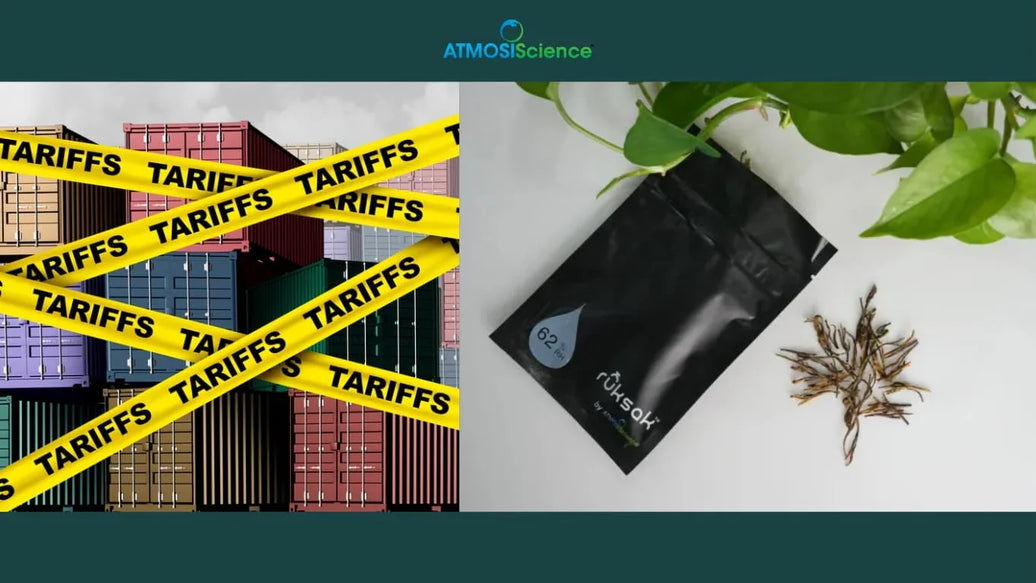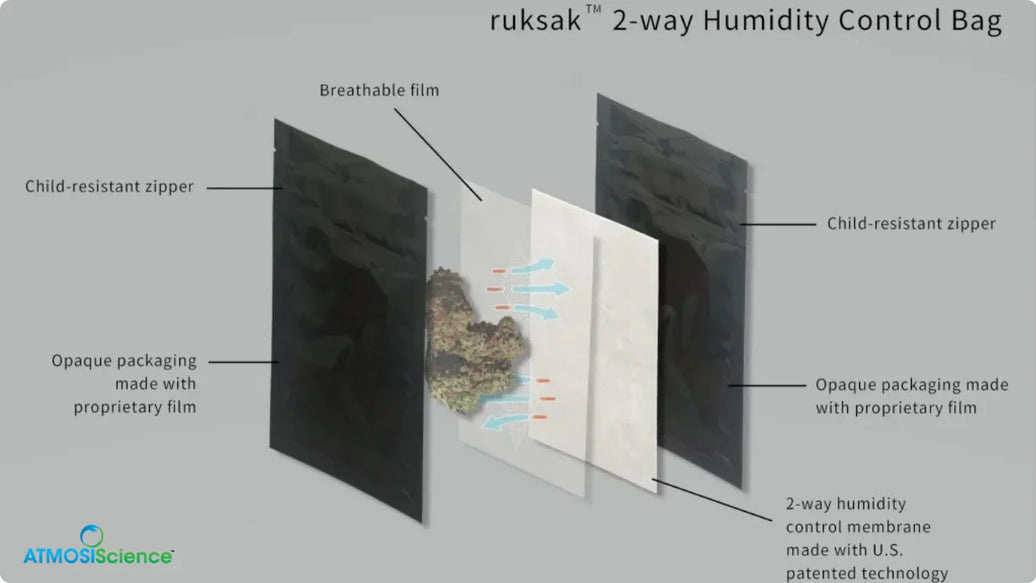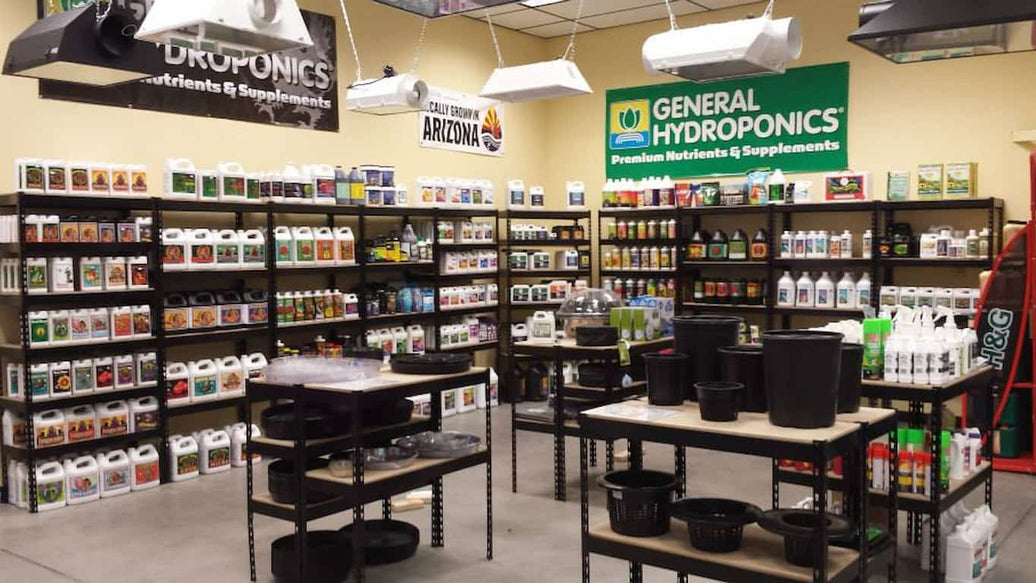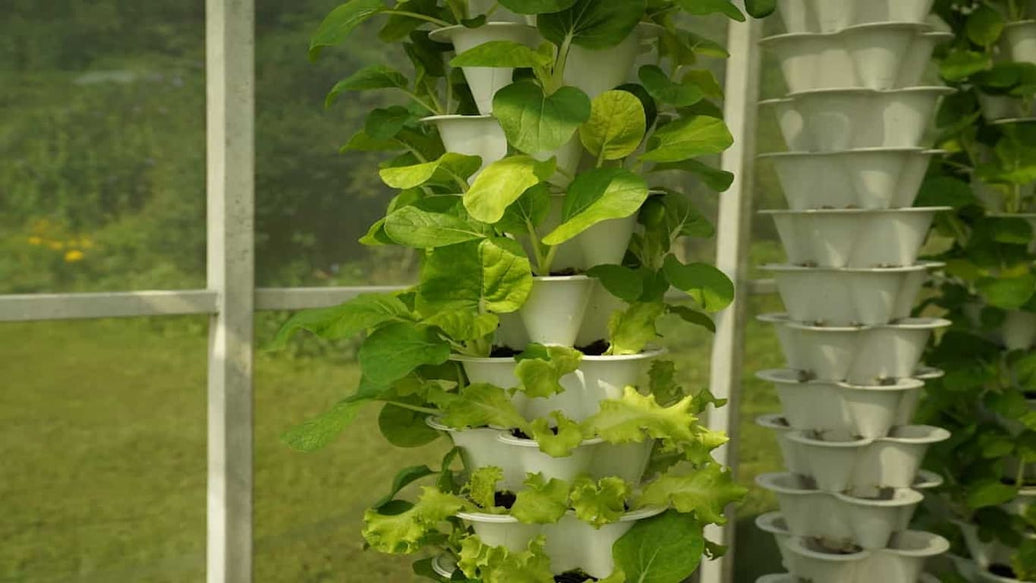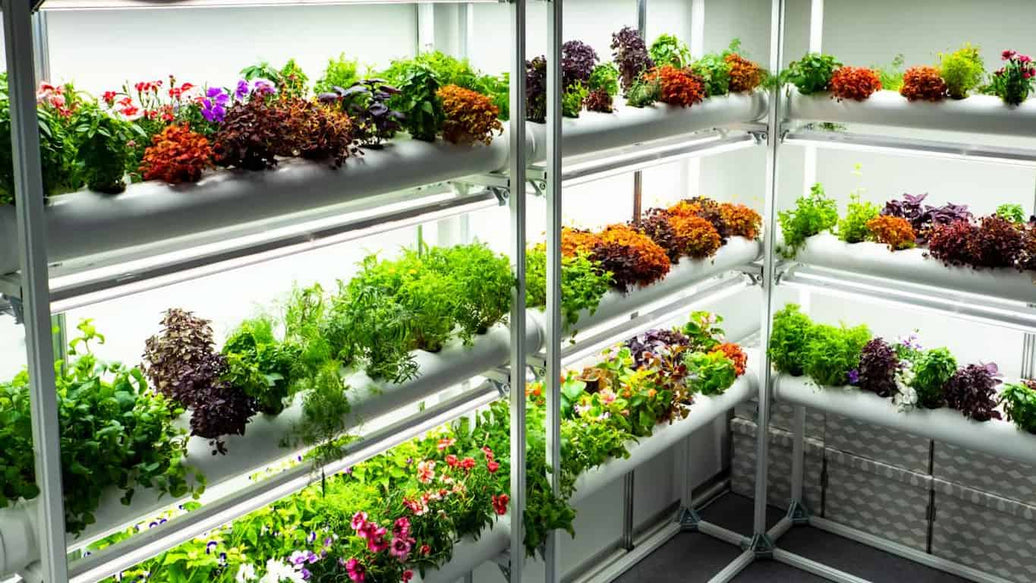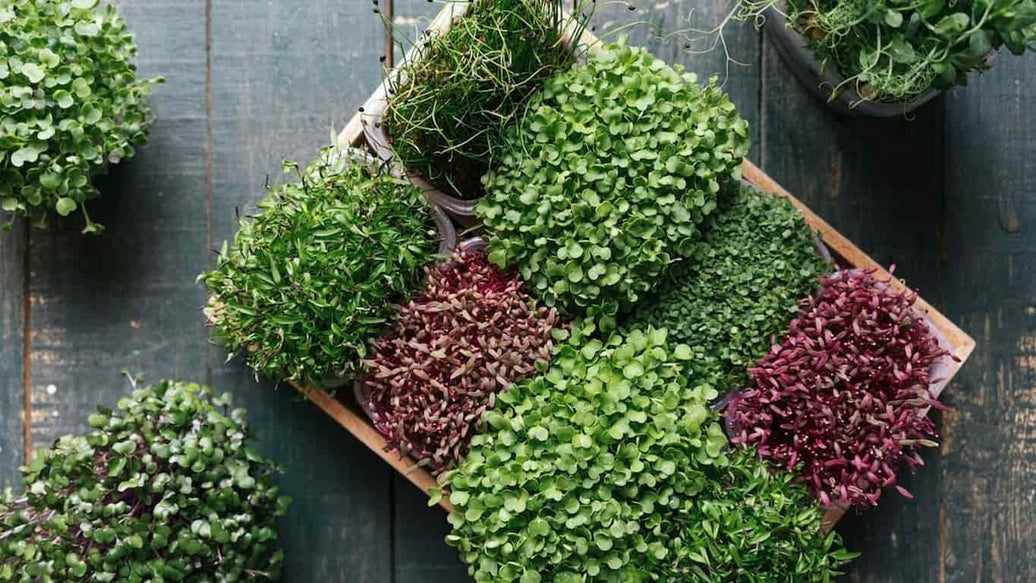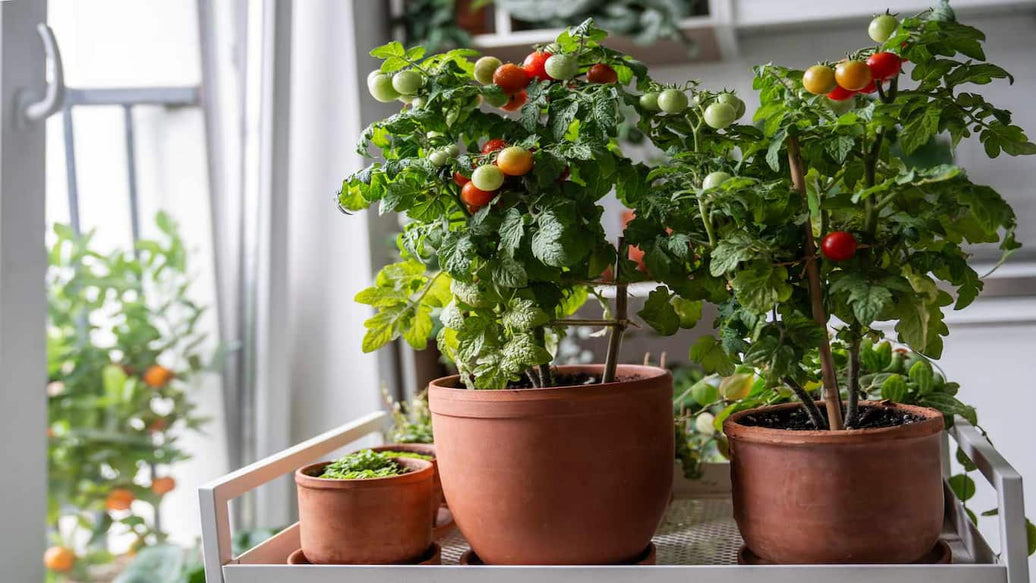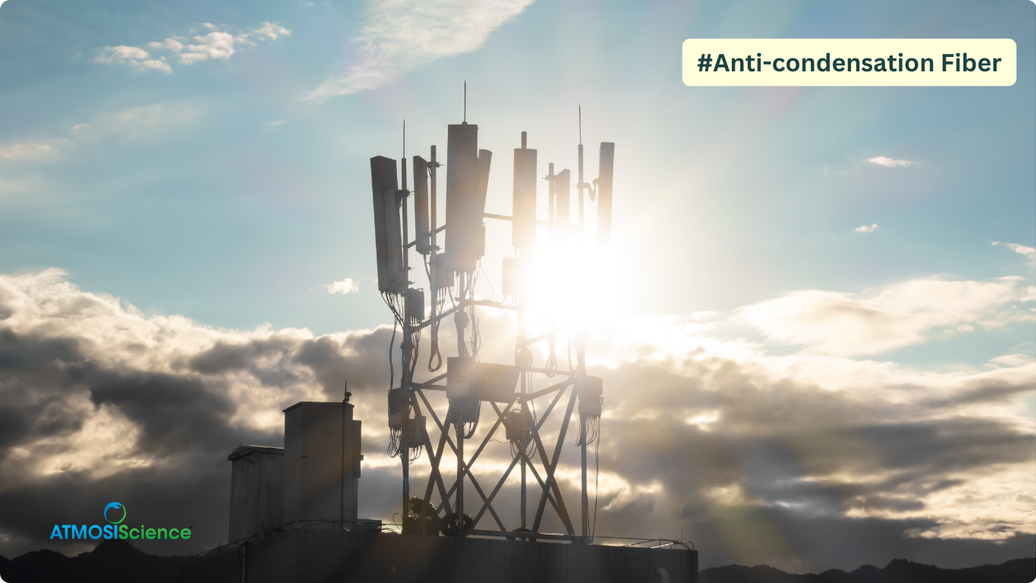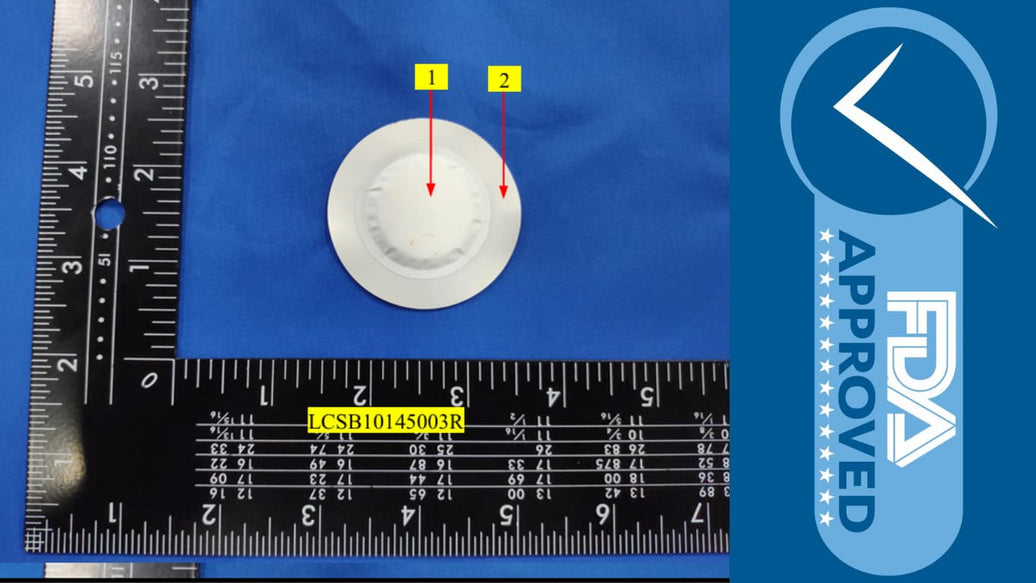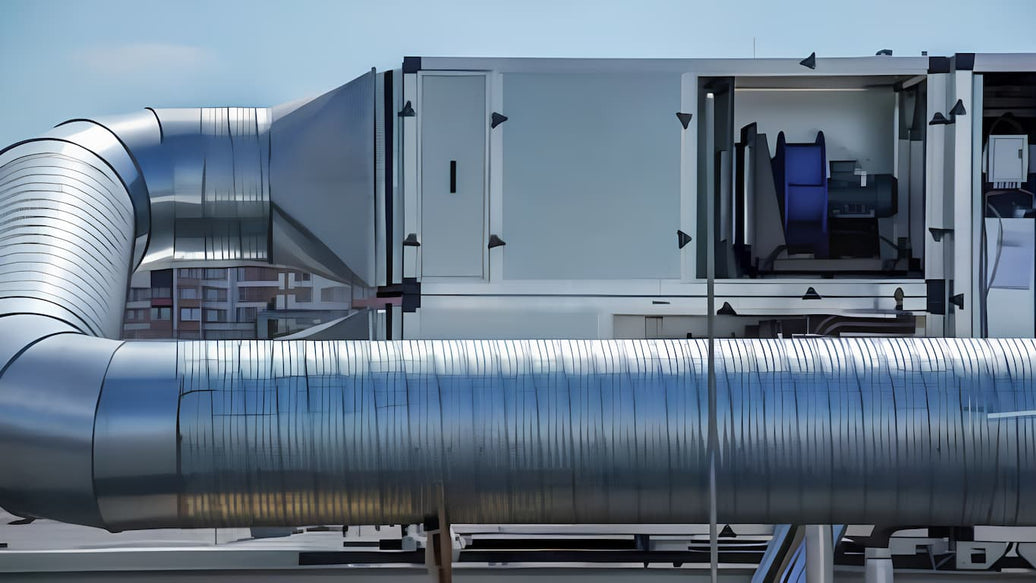Urban dwellers and gardening enthusiasts alike are turning to the home lettuce grower revolution. With supply chain uncertainties and rising produce costs, cultivating fresh greens indoors has never been more appealing. An in-home lettuce grower - whether a simple soil box or a sophisticated hydroponic tower - enables you to harvest crisp leaves on demand. In this guide, you’ll discover why growing lettuce at home is worthwhile, explore the main system types, learn essential cultivation strategies, and follow a step-by-step setup.

Why grow lettuce at home?
Growing lettuce at home yields unmatched freshness: you pick leaves moments before eating, preserving peak flavor and nutrient content. Supermarket greens can lose up to 50% of their vitamin C within three days of harvest; with an in-home lettuce grower, you eliminate that lag. Financially, seed packets cost mere dollars for dozens of plants, while a head of organic lettuce at retail can exceed $3. By producing even a few heads per month, you recoup your initial investment within weeks. Environmentally, home cultivation slashes “food miles” and packaging waste; hydroponic systems use up to 90% less water than field agriculture.

Types of in-home lettuce growing systems
Soil-based containers
Traditional planting in pots or raised beds adapts easily to window sills and balconies. Choose loose-leaf or butterhead varieties - they thrive in shallow soil depths of 4–6 inches. While soil containers are low-tech, they require regular watering and can harbor pests.

Hydroponic systems

Hydroponics cultivates lettuce without soil, using nutrient-rich water solutions.
- Nutrient Film Technique (NFT) channels a thin film of recirculating solution over roots, boosting oxygenation and growth rates.
- Deep Water Culture (DWC) suspends roots in oxygenated reservoirs, offering simplicity and stability for beginners.
- The Kratky method is a passive hydroponic approach - ideal for hobbyists - where the water level drops naturally to expose roots to air, eliminating pumps.
Hydroponic lettuce yields up to 25% more biomass per square foot than soil methods and conserves water through closed-loop recirculation.
Aeroponic towers
The vertical tower maximizes vertical space by misting roots in a multi-tiered column. These towers deliver high nutrient uptake and can produce dozens of heads in under five square feet. Though initial costs are higher, aeroponics excels in resource efficiency and scalability for dedicated home growers.

Key considerations for in-home lettuce cultivation
- Light: Lettuce thrives under a spectrum rich in red (around 660 nm) and blue (around 450 nm) wavelengths. LED grow lights tuned to a 3:1 red-to-blue ratio optimize leaf expansion and chlorophyll production. Provide 12–16 hours of light daily - mimicking springtime photoperiods - and allow 8–12 hours of darkness to support plant rest cycles.
- Nutrition: Select a balanced hydroponic formula with key macronutrients: nitrogen (150–200 ppm), phosphorus (50–70 ppm), and potassium (200–250 ppm). For organic soil growers, amend with composted poultry manure and worm castings at a ratio of 3:1 soil to compost. Monitor electrical conductivity (EC) between 1.2 and 1.6 mS/cm and pH at 5.8–6.2 to ensure nutrient availability.
- Temperature & humidity: Lettuce prefers cool conditions - maintain daytime temperatures of 60–70°F and nighttime lows not falling below 55°F. Relative humidity (RH) of 50–70% reduces transpiration stress and prevents tip-burn, a physiological disorder from rapid water loss. Use fans or dehumidifiers as needed to sustain airflow and RH control.
- Space & containers: A single head of butterhead lettuce requires 6–8 inches of horizontal spacing, whereas loose-leaf varieties can grow in clusters of four per square foot. Stackable towers are ideal for small apartments; soil trays suit balconies or sunrooms.
- Pest & disease prevention: Indoor setups are not immune to pests like aphids and fungus gnats. Introduce beneficial insects (e.g., Aphidius colemani) or apply organic neem oil sprays biweekly. Practice reservoir sanitation and wipe down surfaces with 70% isopropyl alcohol to thwart bacterial and fungal pathogens.

Troubleshooting common issues
- Bolting: Lettuce can prematurely flower under heat stress. Keep day temperatures below 75°F and avoid temperature fluctuations over 15°F between day and night.
- Tipburn: Calcium deficiency or rapid transpiration can cause leaf edges to brown. Lower light intensity or raise humidity to mitigate.
- Algal growth: Algae can thrive in nutrient reservoirs exposed to light. Wrap reservoirs in opaque tape and clean weekly with diluted hydrogen peroxide (3 mL per liter of water).
- Indoor pests: Sticky traps catch fungus gnats; introduce Steinernema feltiae nematodes to control larvae in soil. Conduct biweekly inspections to catch infestations early.

Growing lettuce indoors with an in-home lettuce grower provides numerous advantages that go beyond just fresh produce. Lettuce grown indoors can produce up to 50% more leaves and grow up to 300% faster than field-grown crops, thanks to controlled conditions like temperature, humidity, and light. This method also drastically reduces pest issues and eliminates the need for pesticides. Indoor systems use water much more efficiently - often recycling up to 90% of it - and maximize space by using vertical stacking. Overall, an in-home lettuce grower offers a reliable, sustainable, and resource-friendly way to enjoy fresh, nutritious greens year-round regardless of changing outdoor climates.

